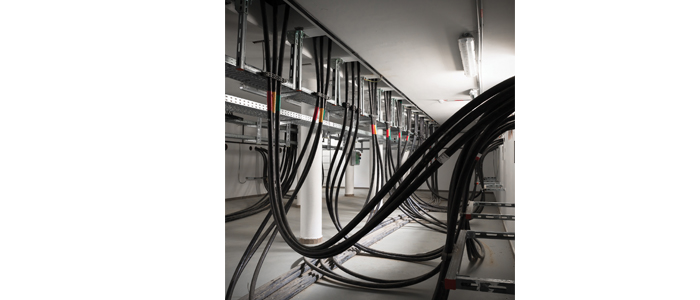- +61 7 3374 2877
- Email Us
Underground high voltage and even medium voltage cables are rapidly becoming a more common fixture in today’s power delivery environment. As the utility grid evolves to support new loads and distributed generation equitably, the need for and use of underground cable is increasing.
According to the Edison Electric Institute, about 18% of the U.S.’ electric distribution lines are buried, but this percentage is growing. PG&E recently announced its $2 billion initiative to bury existing routes, and state and federal initiatives to promote renewable generation and green transportation corridors are driving significant expansion of the grid’s transmission and distribution infrastructure.
Undergrounding cables and deploying new underground cables can increase a circuit’s reliability and has even been called out by the Department of Energy as aligning with Justice40 principles. However, for all of the numerous benefits of underground cables, their deployment can be from four to fourteen times more costly than overhead lines, and unplanned failures in underground cables often take longer to repair with outages lasting from 4-9 days on average. The total cost of ownership driving decisions on overhead verses underground cable deployments are incredibly complex with many inputs that are specific to the utility and the communities where these cables run through. But when a cable is placed underground, monitoring that cable to avoid unplanned outages becomes a sound business decision.

Considering underground cables’ critical role in power delivery, Doble is just as committed to protecting the health of these cables as we are with transformers and other power delivery assets. Doble has expanded its Calisto condition monitoring platform with Calisto Cable Condition Monitoring solutions to provide utilities and other commercial and industrial customers with comprehensive and quality solutions for continuous cable condition monitoring for both high voltage and medium voltage cables.
Comprehensive PD Solutions for Reducing Risk
With underground cables, installing an accurate and comprehensive partial discharge (PD) monitoring system provides the best asset-health data possible. Unlike other assets in which we look at many other health parameters, Doble focuses on PD specifically for cables as it’s used for commissioning and throughout the cable’s life cycle.
PD is the leading indicator of cable defects and breakdowns. Due to their shielded nature, underground cables can carry a PD signal well, which allows our PD systems to monitor the condition of the cable insulation between splices and terminations which are all vulnerable to failure over the life of the cable.
Doble provides the most advanced PD monitoring systems and data which are encapsulated in our Calisto Cable Condition Monitoring solutions. Unlike other PD systems, Doble’s PD monitoring with proprietary TF Map™ technology enables cable operators to track PD signals that might otherwise be overlooked. As opposed to capturing just peak amplitude and phase angles, the system captures data on the full waveform (up to 100 mega samples per second). This enables operators to independently track, analyse and be alerted to individual PD phenomenon. They can also view real-time data and trends via embedded monitoring software with alarms easily integrated into SCADA or other BMS systems.